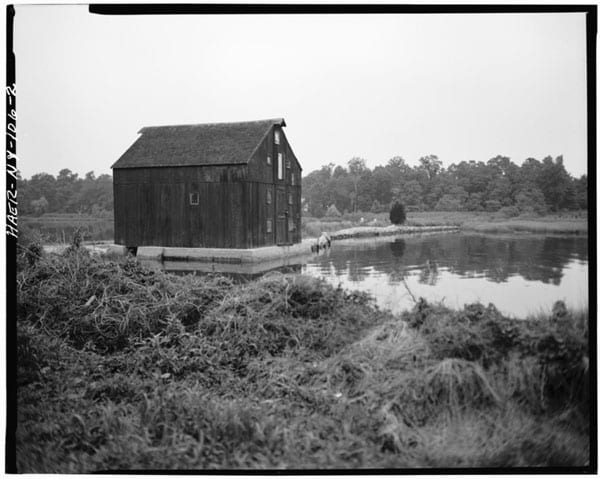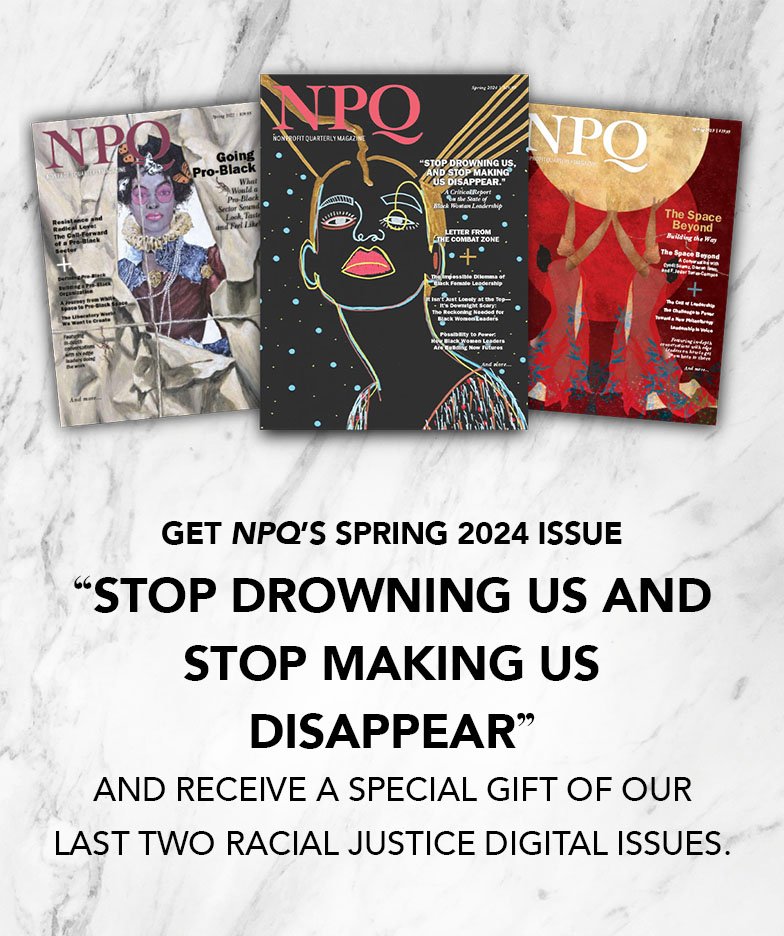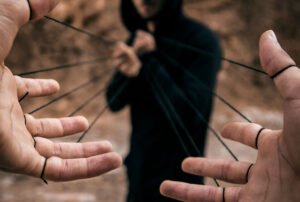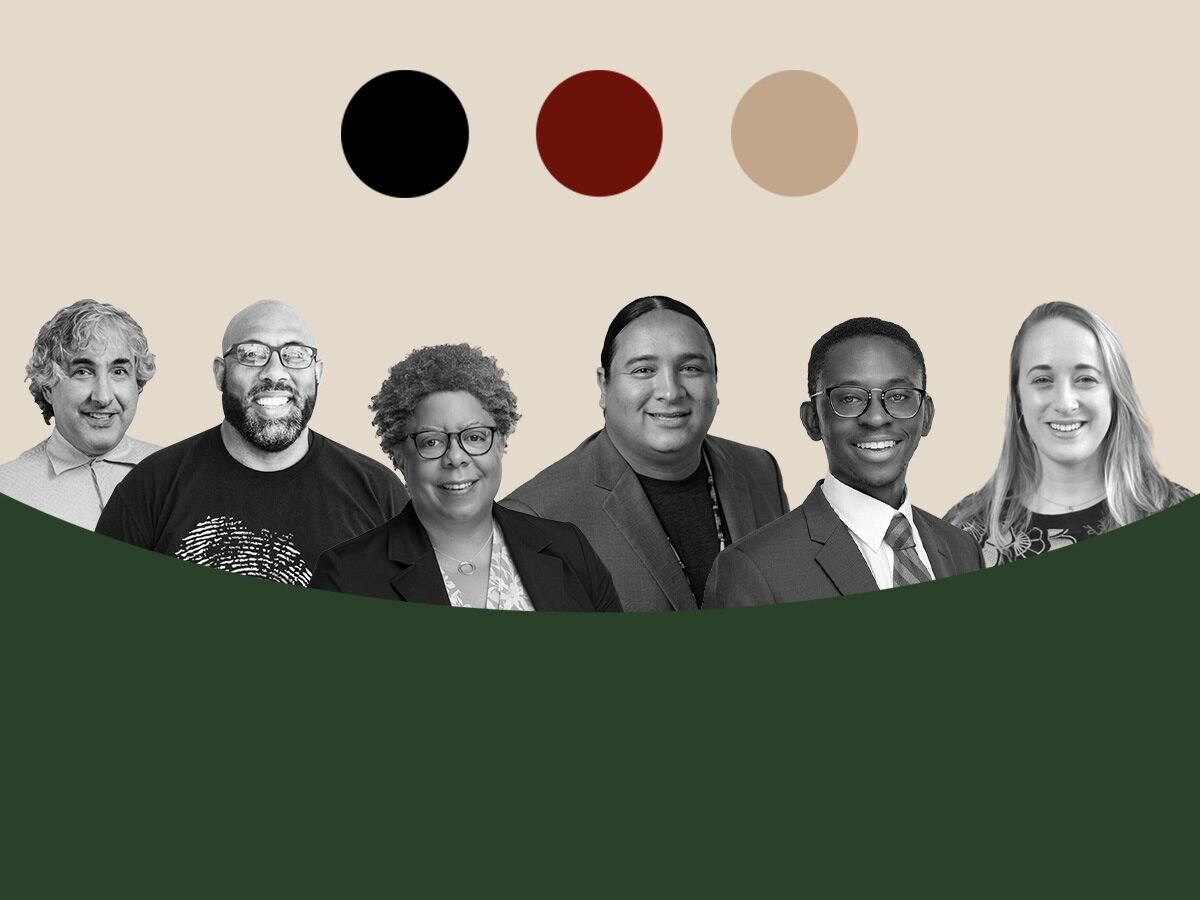
February 7, 2019; Newsday
The announcement of a new nonprofit can be met by groans from funders. However, there’s something to be said for the success of small organizations who zero in on a single ongoing project, as in the preservation of a historic grist mill.
Long Island, New York, is home to about eight grist mills in various conditions, including museum mills that still have a working wheel. Lloyd Harbor, jutting into the Long Island Sound, is home to a grist mill that is considered the best preserved in the country.
The Van Wyck-Lefferts Tide Mill was built in the 1790s to grind wheat into flour. The Van Wyck family operated the mill, on top of a dam, for about 70 years with power that came from tides in a man-made pond. After the mill stopped operating, it was used by families to have summer parties and go swimming nearby. Now, the mill can only be accessed at high tide by boat, which may keep vandals at bay but creates challenges in the maintenance. The original wooden gears and buffalo leather belts are still inside.
The Nature Conservancy (TNC) has owned the mill and surrounding land for about 50 years. TNC had changed its mission over the years and had to let the mill go.
Sign up for our free newsletters
Subscribe to NPQ's newsletters to have our top stories delivered directly to your inbox.
By signing up, you agree to our privacy policy and terms of use, and to receive messages from NPQ and our partners.
“About 10 years ago TNC gathered the neighbors together and said, ‘we don’t want to do this anymore’ because it’s not their mandate,” explains Richard Hamburger, an attorney in Melville who has lived next to the mill for 25 years. “Their mission is preservation of large tracts of wide-open space.”
Hamburger is correct; the current mission of TNC is “to conserve the lands and waters on which all life depends,” focusing on such issues as climate change. Derek Rogers, TNC’s Long Island Preserves Director, confirmed that the nonprofit worked with local land trusts years ago.
The Lloyd Harbor mill will be maintained now by the Van Wyck-Lefferts Tide Mill Sanctuary, Inc., which was started by Hamburger, with the transfer of the 17 acres completed a few weeks ago. To assist with the Lloyd Harbor grist mill preservation, TNC also provided them with an endowment of $200,000 to do the work. TNC, in refining their mission, did not abandon the property, but instead honored the original intention of the estate gift. The Van Wyck-Lefferts Tide Mill Sanctuary will continue to partner with the Huntington Historical Society to conduct the tours of the mill.
“It’s all upon private parties to see what they could do,” said Hamburger, “because this mill deserves—after being there 225 years—somebody to love it and protect it, just because it is what it is.”—Marian Conway













